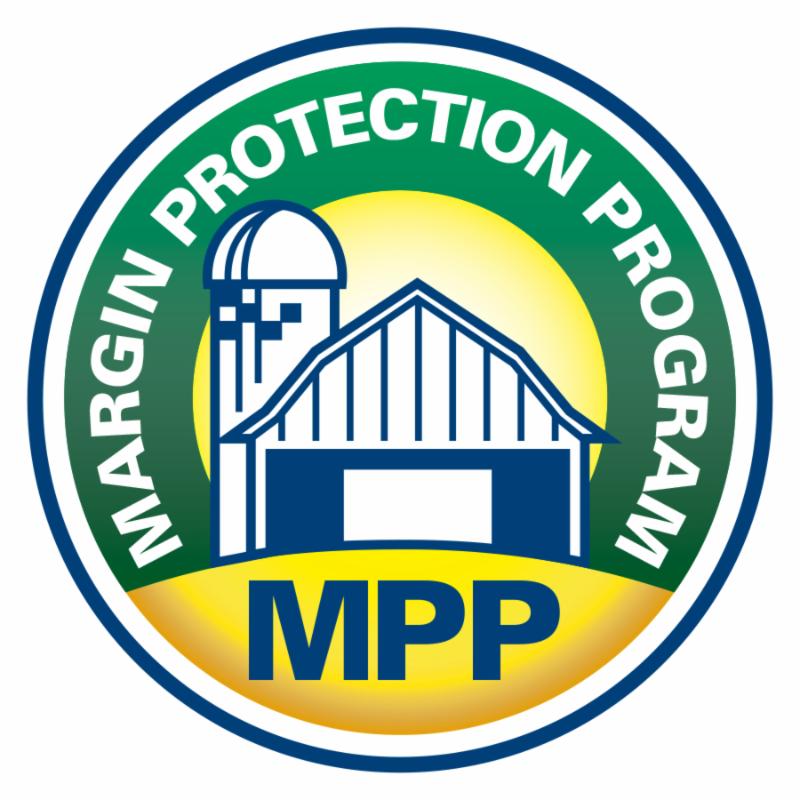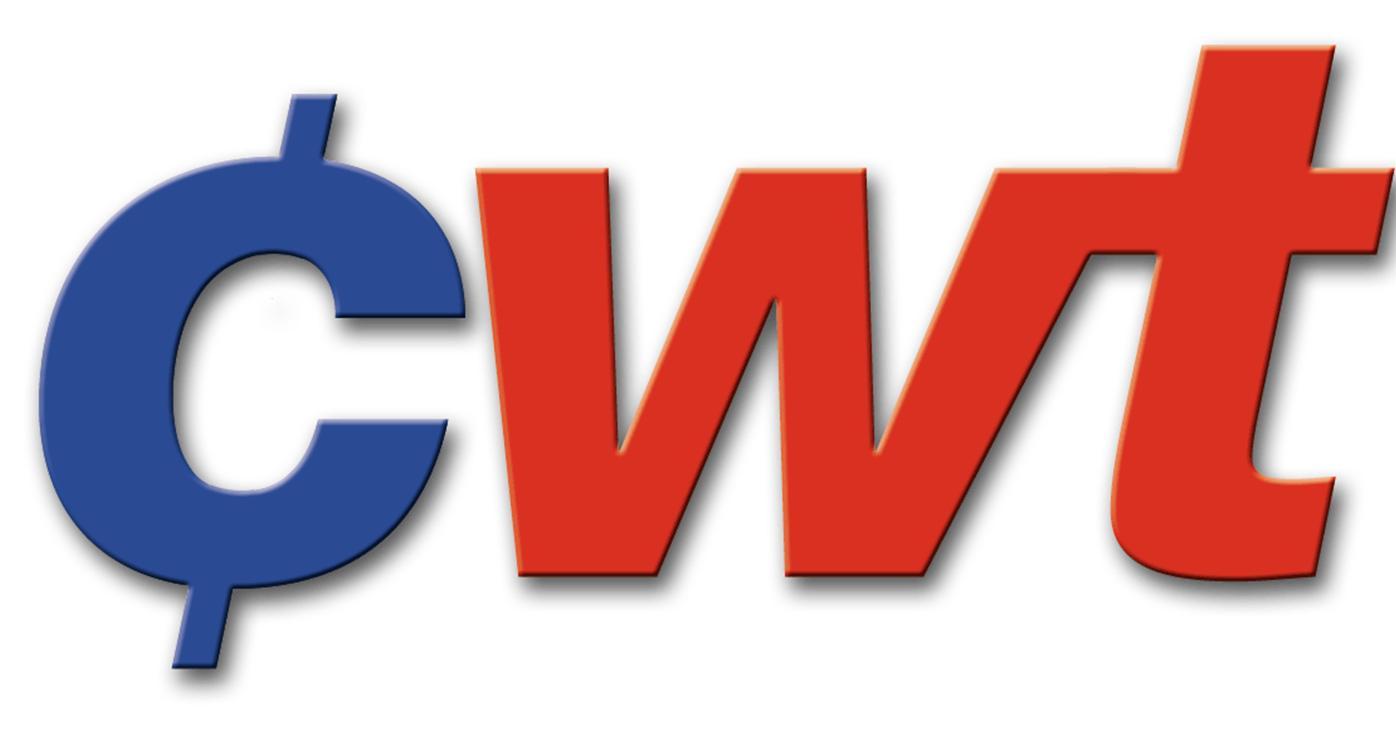ARLINGTON, VA — The dairy industry today thanked the U.S. government for its extensive work aimed at securing clarifications regarding the right to use several generic cheese names in exports to Honduras while also establishing a better model for how Central American countries can more reliably provide such information in the future.
Honduras is an important trading partner in a growing region for U.S. dairy exports. It is a member of the U.S.-Central American Free Trade Agreement (CAFTA). U.S. dairy exports to CAFTA partners totaled $109 million last year, with Honduras ranking second in the FTA region.
The National Milk Producers Federation (NMPF) and the U.S. Dairy Export Council (USDEC) said they appreciated the Administration’s diligent work with Honduras, which this week clarified the use of threatened cheese names including parmesan, provolone and brie. Although the results did not include assurance on the continued use of certain other common names currently protected in Honduras, it does provide important assurances on many common name products.
The threat stemmed from a free trade agreement between Honduras and the European Union, in which the EU secured provisions that threatened to restrict the use of numerous commonly used food names as a way to gain a trade advantage. After numerous discussions between the United States and Honduras, the country agreed, among other things, to clearly spell out on its official website the scope of protection of the names and to create a searchable database to identify geographical indications, the official designations that protect the unique nature of specialized foods. The database will also identify which elements of those terms are deemed to be generic. In addition, Honduras committed to other steps such as providing similar clarifications for future GI applications.
“The dairy industry has worked closely with the Administration for several years to mitigate potential damage to our CAFTA market access opportunities arising from the Central America – EU FTA,” said NMPF President and CEO Jim Mulhern. “USTR’s work with Honduras was particularly important, since a previous lack of easily accessible information in Honduras hurt our own efforts to determine our ability to keep using common cheese names in exports to that country.”
Tom Suber, president of USDEC, also praised this latest accomplishment, while stressing that this was one victory in a continuing battle with Europe over geographical indications.
“Essentially, through geographical indications provisions in its FTAs, Europe wants to monopolize the use of food names that have long been in the public domain,” Suber said. “We encourage USTR keep working in additional markets – both in Central America and around the globe – to preserve our ability to use these common cheese names, particularly in countries with which we have our own free trade agreements.”
###
The U.S. Dairy Export Council (USDEC) is a non-profit, independent membership organization that represents the global trade interests of U.S. dairy producers, proprietary processors and cooperatives, ingredient suppliers and export traders. Its mission is to enhance U.S. global competitiveness and assist the U.S. industry to increase its global dairy ingredient sales and exports of U.S. dairy products. USDEC accomplishes this through programs in market development that build global demand for U.S. dairy products, resolve market access barriers and advance industry trade policy goals. USDEC is supported by staff across the United States and overseas in Mexico, South America, Asia, Middle East and Europe.
The National Milk Producers Federation (NMPF), based in Arlington, Va., develops and carries out policies that advance the well-being of U.S. dairy producers and the cooperatives they collectively own. The members of NMPF’s 30 cooperatives produce the majority of the U.S, milk supply, making NMPF the voice of nearly 32,000 dairy producers on Capitol Hill and with government agencies. For more on NMPF’s activities, visit www.nmpf.org.
The U.S. Dairy Export Council prohibits discrimination on the basis of age, disability, national origin, race, color, religion, creed, gender, sexual orientation, political beliefs, marital status, military status, and arrest or conviction record.
In December, the National Dairy FARM (Farmers Assuring Responsible Management) Program launched its new website and FARM Proud Blog. Since then, both have been used to share important information and FARM Program successes. The FARM Proud Blog has also been promoted on the new FARM Facebook, Twitter and Instagram accounts.

 NMPF continued its ongoing efforts to promote food safety by asking state lawmakers in February to reject bills that would liberalize the sale of raw milk products, citing the increased risk of foodborne illness outbreaks in states that permit broader sales of the unpasteurized products.
NMPF continued its ongoing efforts to promote food safety by asking state lawmakers in February to reject bills that would liberalize the sale of raw milk products, citing the increased risk of foodborne illness outbreaks in states that permit broader sales of the unpasteurized products. More than 23,000 dairy operations representing 162.3 billion pounds of milk enrolled in MPP for the 2016 coverage year, according to
More than 23,000 dairy operations representing 162.3 billion pounds of milk enrolled in MPP for the 2016 coverage year, according to  Cooperatives Working Together members received 31 contracts in February to sell 3.95 million pounds of cheese, 2.54 million pounds of butter, and 5.59 million pounds of whole milk powder to customers in Asia, Central America, the Middle East, Oceania, and South America. The product will be shipped from February through August 2016.
Cooperatives Working Together members received 31 contracts in February to sell 3.95 million pounds of cheese, 2.54 million pounds of butter, and 5.59 million pounds of whole milk powder to customers in Asia, Central America, the Middle East, Oceania, and South America. The product will be shipped from February through August 2016. The effort to establish federal standards for the labeling of genetically modified (GMO) foods made progress on March 1 when the Senate Agriculture Committee approved a bill creating a uniform national food labeling standard.
The effort to establish federal standards for the labeling of genetically modified (GMO) foods made progress on March 1 when the Senate Agriculture Committee approved a bill creating a uniform national food labeling standard.  WASHINGTON, DC – Even after free trade agreements are negotiated by the U.S. government, the value of the pacts depends greatly on the ability of the United States to make other countries live up to their commitments when the agreements are enforced, according to the National Milk Producers Federation, whose president testified today at a Senate hearing on the lessons from how past trade agreements have been implemented.
WASHINGTON, DC – Even after free trade agreements are negotiated by the U.S. government, the value of the pacts depends greatly on the ability of the United States to make other countries live up to their commitments when the agreements are enforced, according to the National Milk Producers Federation, whose president testified today at a Senate hearing on the lessons from how past trade agreements have been implemented. ARLINGTON, VA – The National Milk Producers Federation today urged the full Senate to act quickly on legislation that would establish national regulations to bring consistency and transparency to the labeling of ingredients and processes used in the food supply.
ARLINGTON, VA – The National Milk Producers Federation today urged the full Senate to act quickly on legislation that would establish national regulations to bring consistency and transparency to the labeling of ingredients and processes used in the food supply.



